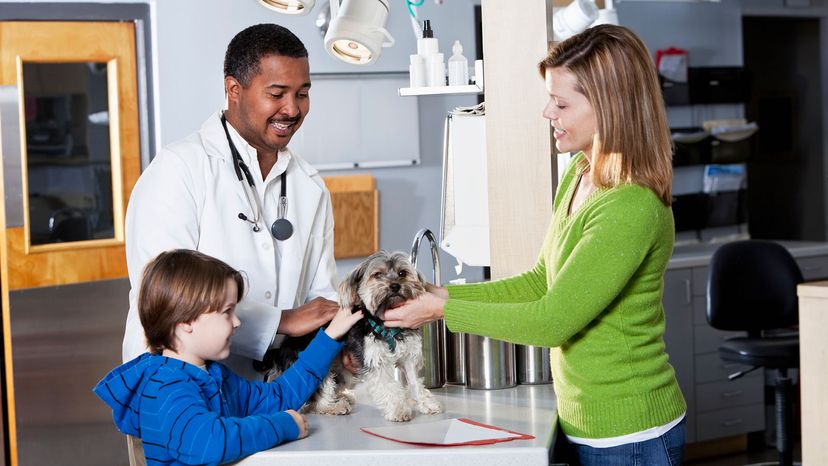
Jade the Rottweiler's two ACL repair surgeries racked up $5,500 worth of bills for Renee Look. Heather (last name withheld on request) forked over $6,000-plus to buy her beloved miniature schnauzer, Jack, an extra couple of years as he battled lymphoma. Then, insult was added to injury when Alissa Taylor's dog Sue, had to go to the emergency vet suffering from bloat. She died there, and then Taylor was billed a whopping $7,000.
Clearly, there's little that devoted pet owners won't do for their furry friends, even if it costs a bundle. Enter, pet insurance, an industry that's been around since 1982. People like Renee Look, who've been burned in the past, are often first in line to buy. "I absolutely will look into pet insurance for our next dog," she says.
Advertisement
There are a lot of people out there who are wary of pet insurance policies, however. What if there are coverage loopholes? What if the pet never gets seriously ill or injured, so the monthly payments are wasted? Much like human health insurance, it's confusing subject matter, and many people opt to take their chances.
Pet insurance is made even more confusing because it's not regulated by the government, as is the case with home or auto policies. Instead, this is handled on a state-by-state basis by the departments of insurance that govern each one based on the state's laws.
"Because of this, coverage is less standardized and varies from one provider to another," says Kristen Lynch, executive director of North American Pet Health Insurance Association (NAPHIA) in an email interview. "While this sometimes makes it difficult to compare 'apples to apples', it does result in a wider range of options for pet owning consumers to choose from."
Options are a good thing, but the pet insurance marketplace is a lot to take in. Here are some things to consider, if you're planning to get a policy:
Advertisement


